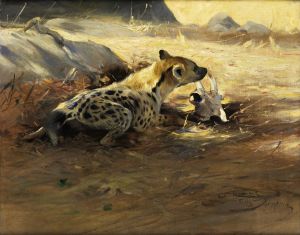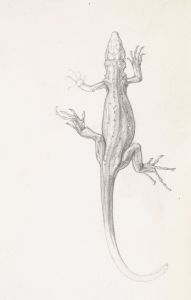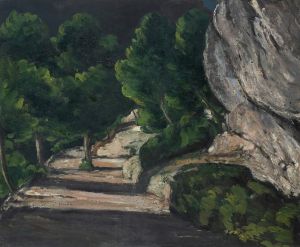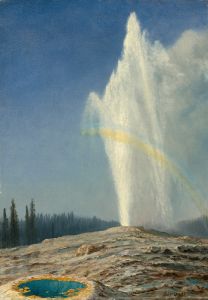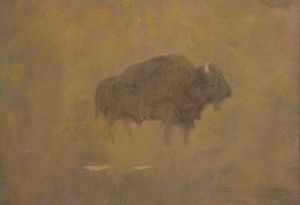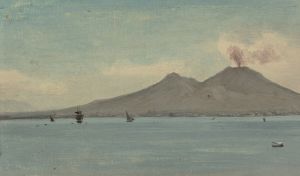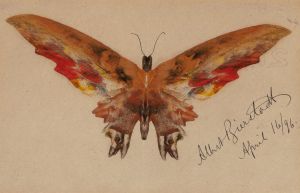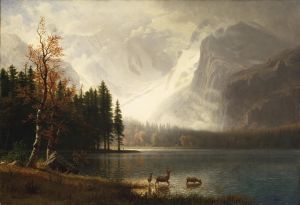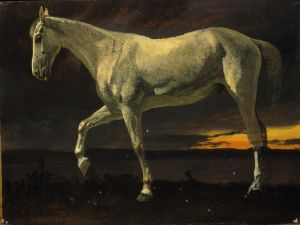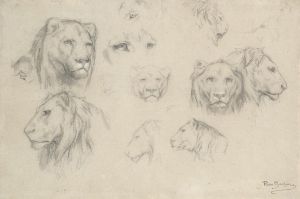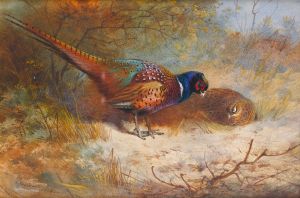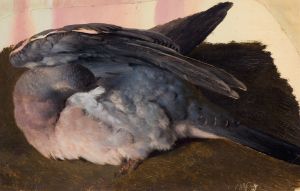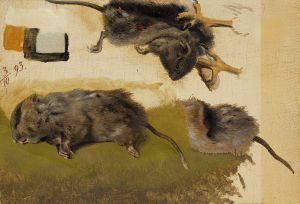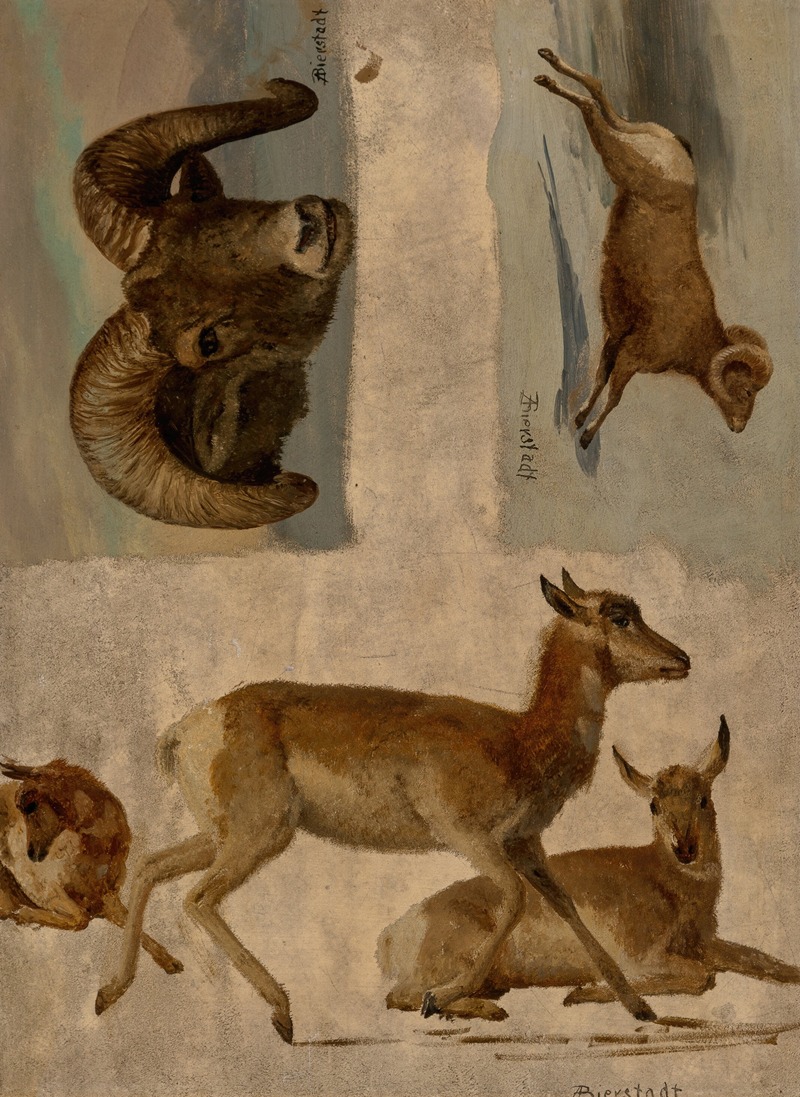
Study of Bighorn Sheep and Antelope
A hand-painted replica of Albert Bierstadt’s masterpiece Study of Bighorn Sheep and Antelope, meticulously crafted by professional artists to capture the true essence of the original. Each piece is created with museum-quality canvas and rare mineral pigments, carefully painted by experienced artists with delicate brushstrokes and rich, layered colors to perfectly recreate the texture of the original artwork. Unlike machine-printed reproductions, this hand-painted version brings the painting to life, infused with the artist’s emotions and skill in every stroke. Whether for personal collection or home decoration, it instantly elevates the artistic atmosphere of any space.
Albert Bierstadt was a renowned 19th-century American painter known for his grandiose landscapes of the American West. However, specific information about a painting titled "Study of Bighorn Sheep and Antelope" by Bierstadt is not readily available in historical records or major art collections. Bierstadt's works often depicted the vast and dramatic landscapes of the American frontier, capturing the majestic beauty of the wilderness and its wildlife. His paintings are characterized by their detailed realism and use of light, which often imbued the scenes with a sense of awe and grandeur.
Bierstadt was born in Germany in 1830 and immigrated to the United States with his family when he was just a year old. He studied painting in Düsseldorf, Germany, and became associated with the Hudson River School, a group of artists known for their romantic portrayal of the American landscape. Bierstadt's travels to the American West in the 1860s provided him with the inspiration and material for many of his most famous works. He joined several expeditions, including one led by the U.S. government, which allowed him to explore and document the uncharted territories.
While Bierstadt is best known for his large-scale landscapes, he also painted studies and smaller works that focused on specific elements of nature, including wildlife. These studies were often used as preparatory works for his larger compositions. Bighorn sheep and antelope were among the wildlife that inhabited the regions Bierstadt explored, and they occasionally appeared in his paintings as part of the broader landscape.
Bierstadt's paintings played a significant role in shaping the perception of the American West during the 19th century. His romanticized depictions contributed to the mythos of the West as a land of untamed beauty and limitless potential. His work was highly popular during his lifetime, and he achieved considerable success and recognition. However, his reputation declined towards the end of the 19th century as tastes in art shifted.
Today, Bierstadt's paintings are appreciated for their historical significance and artistic merit. They are held in numerous prestigious collections, including the Metropolitan Museum of Art in New York and the National Gallery of Art in Washington, D.C. His work continues to be studied and admired for its contribution to American art and its portrayal of the country's natural heritage.
In summary, while there is no specific information available about a painting titled "Study of Bighorn Sheep and Antelope" by Albert Bierstadt, his body of work includes many studies and paintings that feature the wildlife and landscapes of the American West. His legacy as a painter is marked by his ability to capture the grandeur and beauty of the natural world, making him one of the most celebrated artists of his time.





